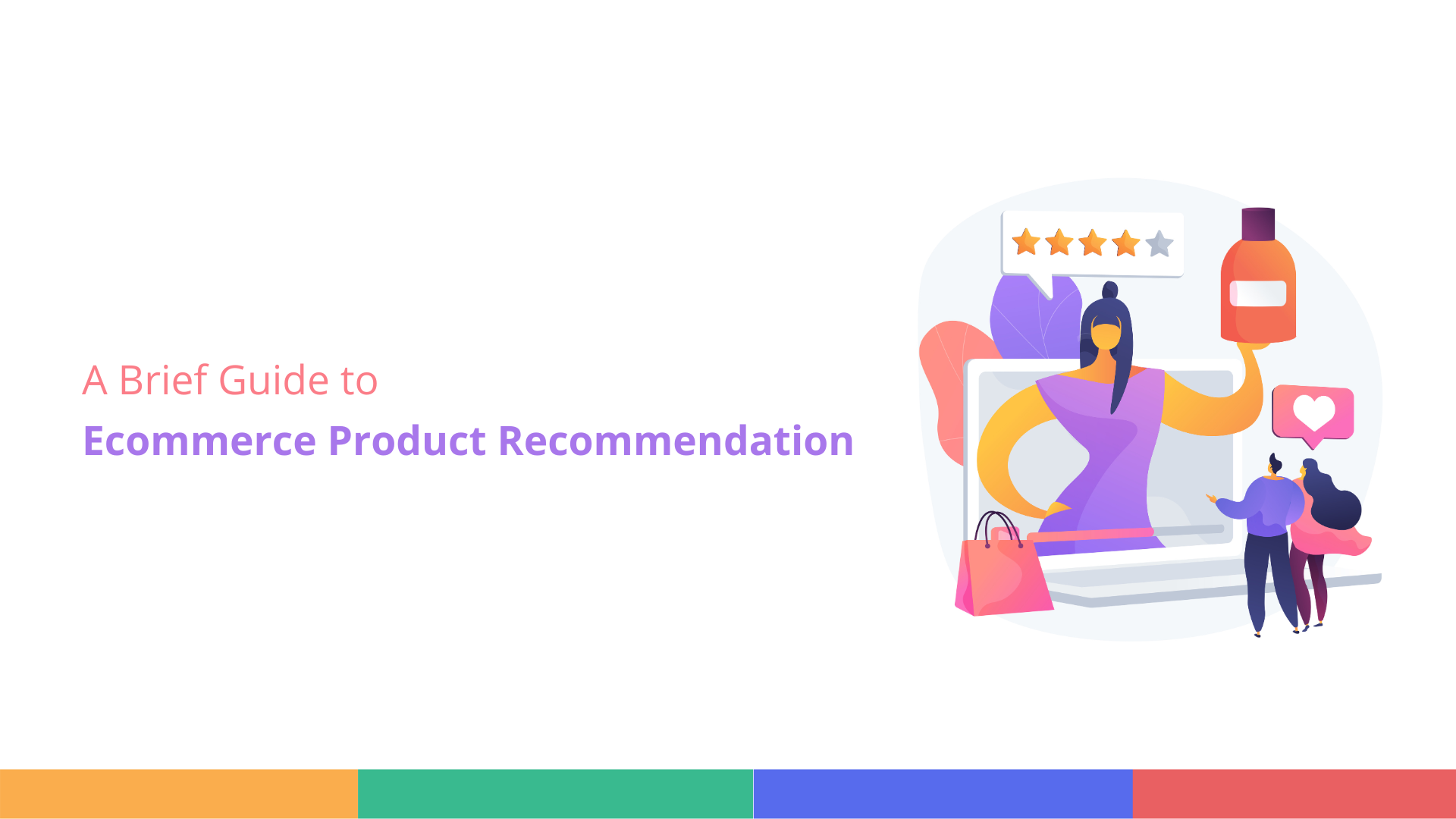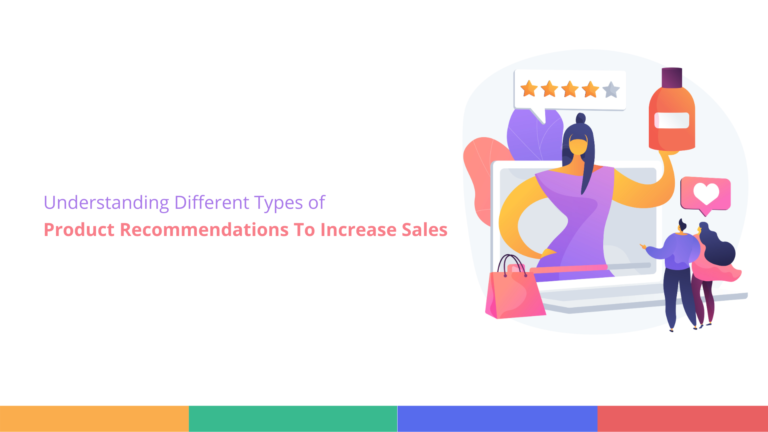Online retailers utilize Ecommerce product recommendation strategies to enhance the shopping experience and simplify the decision-making process for customers. By suggesting items aligned with past purchases or demonstrated interests, these strategies serve several purposes:
- Personalized Shopping Experience: Enhancing your shopping journey by recommending products tailored to your preferences fosters a sense of appreciation and value as a customer.
- Increased Sales Potential: Presenting items aligned with your interests significantly boosts the likelihood of purchase, thereby driving sales and sustaining business growth.
- Complementary Suggestions: Related product recommendations, such as suggesting a laptop bag when purchasing a laptop, enhance the overall shopping experience by offering complementary items.
- Data-Driven Insights: Leveraging data and technology allows businesses to gain insights into customer preferences and trends, refining their recommendations to better suit individual needs.
- Enhanced User Engagement: Providing relevant suggestions encourages prolonged engagement with the platform, reinforcing customer loyalty and preference for the brand.
- Competitive Edge: Offering personalized recommendations distinguishes businesses from competitors, attracting and retaining customers who value tailored shopping experiences.
- Moreover, these recommendations streamline browsing, saving customers time and effort while instilling trust and loyalty towards the platform or store.
Businesses can significantly enhance their sales potential by strategically recommending products aligned with customer interests, ultimately increasing their Average Order Value (AOV) to optimize revenue per transaction.
Top Ecommerce Product Recommendation Tactics for Small Businesses
We have curated a list of practical recommendations to take advantage of:
1. Show Products Tailored to Browsing History
Presenting a curated selection of products tailored to the visitor’s browsing history (“Recommended for you”) is a commonly employed and highly effective form of product recommendation. To enhance engagement, personalize these suggestions by addressing the shopper by name.
For instance, this beauty brand suggests products tailored to the shopper’s skin type and eye color.
2. Utilize “Frequently Bought Together” Recommendations
When a bundle of items is frequently purchased together, there’s typically a compelling reason behind it. For example, shoppers often buy batteries alongside a new flashlight or opt for plant milk to complement their coffee beans. Recommending such commonly bought items provides value to customers (who wouldn’t want batteries for their flashlight?) and simultaneously enhances the average order value (AOV).
3. Introduction of New Products to Shoppers
“Featured recommendations” and “Recently viewed” suggestions serve as avenues to introduce shoppers to items they may not have considered searching for. This feature can be particularly beneficial for new customers who may not be familiar with the range of products available or are seeking a starting point for their shopping journey.
4. Offer Social Validation
“Customers who bought [this item] also bought [that item]” recommendations offer social proof and peer-endorsed suggestions of relevant products that may interest the user.
Amazon excels in this regard, displaying similar products that similar customers have purchased to stimulate additional sales.
5. Leverage Product Bundling
Developing product bundles involves identifying items that are commonly purchased together by customers. This could be based on patterns observed in sales data or through customer feedback. Once these items are identified, they are grouped together into bundles, creating a convenient package for customers.
A special discount or offer is often applied to incentivize customers to purchase these bundles. This discount can vary depending on the strategy and goals of the business. It could be a percentage discount, a fixed amount off the total price, or even a free item included in the bundle.
Implementing product bundles encourages customers to buy multiple items at once and enhances their shopping experience by providing them with curated selections of complementary products.
This can lead to increased customer satisfaction and loyalty and higher average order values for the business. Additionally, it can help to clear out inventory of slower-moving items by bundling them with more popular products.
How to Choose the Implement Product Recommendation Tool
To choose the right product recommendation tool for your business, consider the following factors:
- Business Type: Ensure the tool is compatible with your industry and your products or services tools are better suited for certain industries than others
- Website Compatibility: Check if the tool is compatible with your eCommerce platform and can be easily integrated. If you’re using a platform like Shopify, verify that the tool works with it
- Pricing: Consider your budget and the value for money the tool provides. Many product recommendation tools offer free trials or money-back guarantees, allowing you to test them before fully committing.
- Features: Evaluate if the tool offers the features necessary to boost your conversion rate and enhance your brand’s growth. Look for features like real-time personalization, customization, targeting, testing, and AI algorithms
- Ease of Use: Choose a tool that is user-friendly and doesn’t require extensive technical expertise to set up and manage. This will help you save time and resources.
What Are Some Popular Product Recommendation Tools?
Some popular related product recommendation tools include Salesforce Commerce Cloud, Barilliance, Dynamic Yield, LimeSpot, and Segment. These tools employ sophisticated algorithms and machine learning techniques to analyze customer data and generate personalized recommendations. By integrating these tools into e-commerce platforms, businesses can enhance the shopping experience and drive sales by recommending relevant products to their customers.
Conclusion
Undoubtedly, product recommendations stand out as one of the most potent assets for any ecommerce business.
Yet, the essence of recommendations lies in their precision. Studies affirm that accurate suggestions are paramount; irrelevant recommendations hold no more sway than none at all in the realm of ecommerce.
To fully harness the potential of product recommendations, your brand must align with a partner well-versed in their potency and equipped to tailor them for maximal impact.




